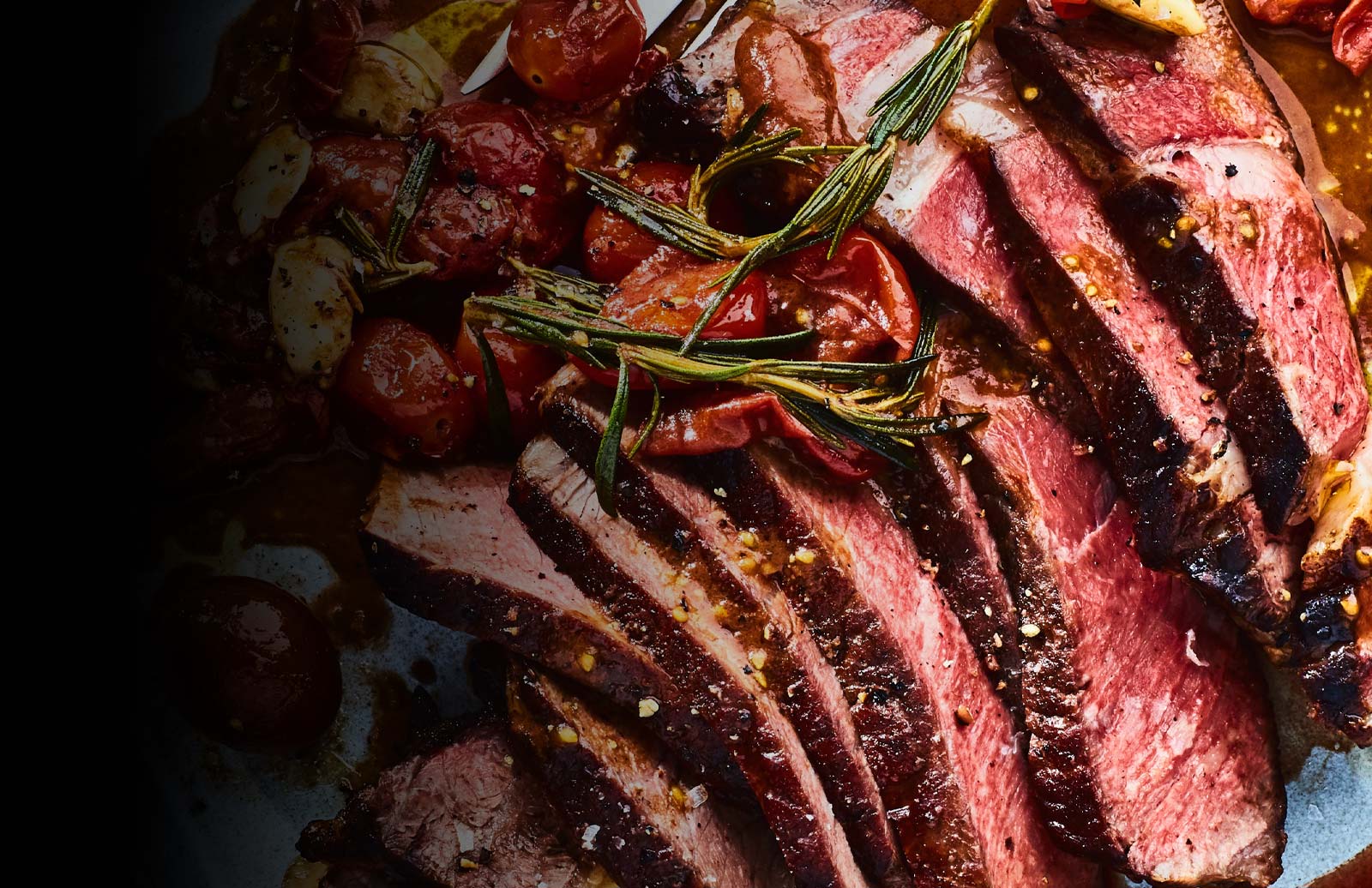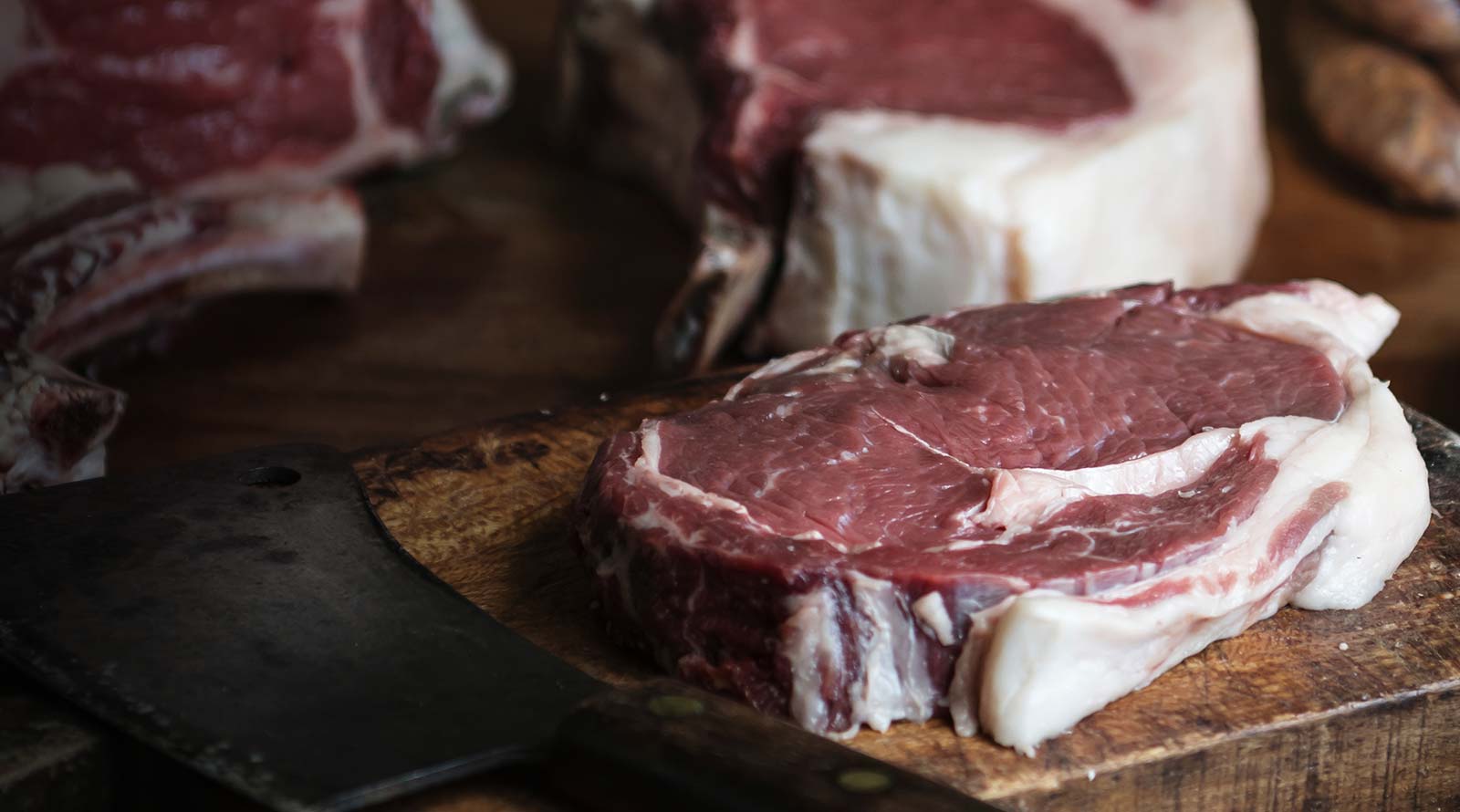Your Frozen Beef Shipment: Complete Safety Guide
We work hard to deliver your grass-fed beef frozen solid, but here's everything you need to know to handle your order safely—no matter what Mother Nature throws our way.
At Carter Country Meats, we take every precaution to ensure your premium grass-fed beef arrives frozen solid. Our packaging is designed to maintain frozen temperatures throughout the shipping process, but sometimes weather conditions, shipping delays, or other factors beyond our control can affect the final temperature of your delivery. The good news? Your beef is still completely safe and delicious. Here's your complete guide to handling any situation with confidence.
What to Expect Upon Delivery
Ideal Scenario: Your beef arrives frozen solid with no signs of thawing. Simply transfer everything to your freezer and enjoy within 6 months for peak quality.
Partially Thawed Scenario: Some packages feel soft or show signs of thawing. Don't worry—this is completely normal and safe when handled properly.
Completely Thawed Scenario: Your beef has thawed during shipping but remains cold to the touch. This is still safe beef that just needs proper handling.
When Your Beef Arrives Partially Thawed
You have two excellent options, both completely safe according to USDA guidelines:
Option 1: Refrigerate and Use Within 7 Days
- Refrigerate the thawed beef immediately at 40°F or below
- Steaks, chops, and roasts can be safely stored in the refrigerator for 3-5 days after thawing
- Ground beef should be used within 1-2 days when refrigerated
- Plan your meals around these timeframes to enjoy your beef at peak freshness
Option 2: Refreeze Immediately
- The USDA confirms: "Once food is thawed in the refrigerator, it is safe to refreeze it without cooking, although there may be a loss of quality due to the moisture lost through thawing"
- You can safely refreeze meat "if it has been handled properly"
- Your beef was frozen only once before shipping, making it completely safe to refreeze
- Foods that "still have ice crystals, or are as cold as if they were in a refrigerator (40°F), are safe to refreeze"
USDA Guidelines: What Makes Refreezing Safe
The United States Department of Agriculture provides clear guidance on when refreezing is safe and appropriate:
Temperature Requirements:
- Do not refreeze any foods left outside the refrigerator longer than 2 hours; 1 hour in temperatures above 90°F
- Meat that has been "defrosted in the fridge can be frozen again before or after it has been cooked"
- Freezing to 0°F (-18°C) "inactivates microbes like bacteria, yeasts, and mold"
Quality Considerations:
- There "may be a loss of quality due to the moisture lost through thawing"
- Frozen foods stored continuously at 0°F (-18°C) or below "can be kept indefinitely" for safety, though quality may decline over time
- We recommend consuming all refrozen beef within 6 months for optimal taste and texture
Why Our Beef Can Be Safely Refrozen
Single Freeze Cycle: Your beef was frozen only once at our facility before shipping. This means refreezing creates only the second freeze cycle, which is well within safe guidelines.
Professional Handling: Our beef is processed, packaged, and frozen under USDA-inspected conditions, ensuring proper handling from start to finish.
Quality Packaging: Our vacuum-sealed packaging protects against contamination and moisture loss during shipping and storage.
No Additives: Our grass-fed beef contains no preservatives, antibiotics, or hormones that might affect its safety during temperature fluctuations.
Temperature Guidelines for Safe Handling
The Danger Zone: Bacteria grow rapidly between 40°F and 140°F. As long as your beef remains cold to the touch upon delivery, it has stayed out of this danger zone.
Safe Internal Cooking Temperatures:
- Steaks, chops, and roasts: 145°F with a 3-minute rest period
- Ground beef: 160°F
- Always use a meat thermometer for accuracy
Storage Temperatures:
- Refrigerator: 40°F or below
- Freezer: 0°F (-18°C) or below
Proper Thawing Methods (For Future Reference)
When you're ready to prepare your beef, the USDA recommends three safe thawing methods:
Refrigerator Thawing (Safest):
- Plan ahead—this method requires time but is the safest
- Small packages (about 1 pound) may thaw in an hour or less; larger packages need more time
- Meat thawed this way can be safely refrozen
Cold Water Thawing:
- Submerge in leak-proof packaging, changing water every 30 minutes
- Must be cooked immediately after thawing and before refreezing
Microwave Thawing:
- Cook immediately after thawing
- Must be cooked before refreezing
Signs Your Beef is Still Safe
Good Signs:
- Beef feels cold to the touch upon delivery
- Packaging remains intact and sealed
- No off odors when packages are opened
- Beef maintains its natural color (some darkening during freezing is normal)
When to Be Concerned:
- Beef feels warm to the touch
- Packages have been damaged or opened during shipping
- Strong off odors that don't smell like fresh beef
- Slimy texture after thawing
Broken Cryo-Vac Seals: Safe but Needs Attention
What Happens: Occasionally, a vacuum-sealed package may develop a small tear or broken seal during shipping. When this happens, you might notice liquid (natural meat juices) escaping once the product thaws. While this can be frustrating, the beef inside remains completely safe to consume.
Why Seals Break: Vacuum-sealed packages can be punctured by sharp edges during shipping, extreme temperature changes, or normal handling. This doesn't indicate any problem with the meat quality or safety—just the packaging integrity.
How to Handle a Broken Seal:
- Don't panic: The beef is still perfectly safe
- Act quickly: Place the entire contents (meat and any liquid) into a freezer-rated bag with a secure closure system
- Seal properly: Remove as much air as possible and ensure the bag is tightly closed
- Freeze immediately: Place in your freezer until you're ready to consume
- Use the liquid: Those natural juices are full of flavor—perfect for marinades, gravies, or deglazing pans
Why This is Safe: The USDA confirms that vacuum packaging is about maintaining quality and preventing freezer burn, not food safety. As long as the meat has been kept at proper temperatures, a broken seal doesn't compromise safety—it just affects moisture retention and storage life.
Quality vs. Safety: Understanding the Difference
The USDA distinguishes between safety and quality when it comes to frozen foods. Here's what that means for you:
Safety: Properly frozen meat at 0°F is "safe indefinitely" according to the USDA. Freezing prevents harmful bacteria growth.
Quality: While safe indefinitely, frozen meat gradually loses moisture, flavor, and texture over time. This is why we recommend consuming your beef within 6 months—not for safety reasons, but for the best eating experience.
Our Commitment to Getting It Right
Advanced Packaging: We use Nordic Ice Linked Gel Packs and Green Cell Foam insulation specifically designed for temperature-sensitive food shipping.
Quality Monitoring: We continuously monitor our packaging performance and adjust our methods based on seasonal conditions and shipping routes.
Customer Support: If you ever have concerns about your delivery, please contact us immediately. We stand behind every shipment and want you to have complete confidence in your beef.
The Bottom Line
Whether your beef arrives frozen solid or partially thawed, it's completely safe when handled according to USDA guidelines. The key is proper temperature management and following established food safety protocols. Our grass-fed beef from mature cows has been frozen only once before shipping, making it ideal for refreezing if needed.
Your options are straightforward: enjoy within 7 days if refrigerated, or refreeze immediately for use within 6 months. Either way, you're getting the same premium, grass-fed beef that represents our commitment to quality from pasture to plate.
Quick Reference Guide
If Your Beef Arrives Partially Thawed:
- Check temperature: Beef should feel cold to the touch
- Check packaging: If cryo-vac seal is broken, repackage in freezer-rated bag immediately
- Choose your path:
- Refrigerate at 40°F or below, use within 3-7 days depending on cut
- OR refreeze immediately at 0°F or below
- Cook to proper temperature: 145°F for steaks/roasts, 160°F for ground beef
- Use refrozen beef within 6 months for peak quality
When in Doubt: Contact us immediately. We're here to ensure you have complete confidence in every order.
Questions about your shipment? We're always here to help ensure you get the most out of your Carter Country Meats experience.




